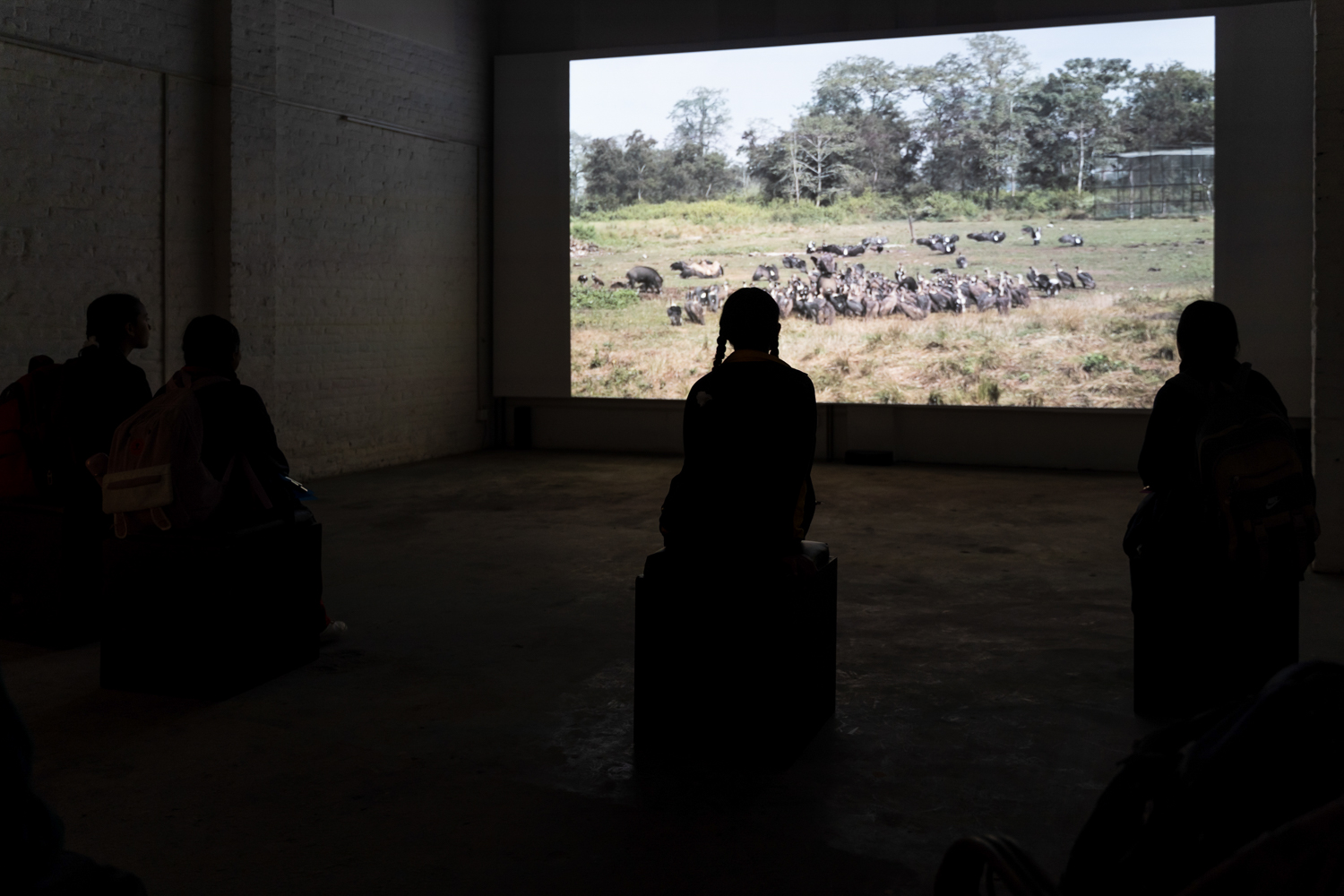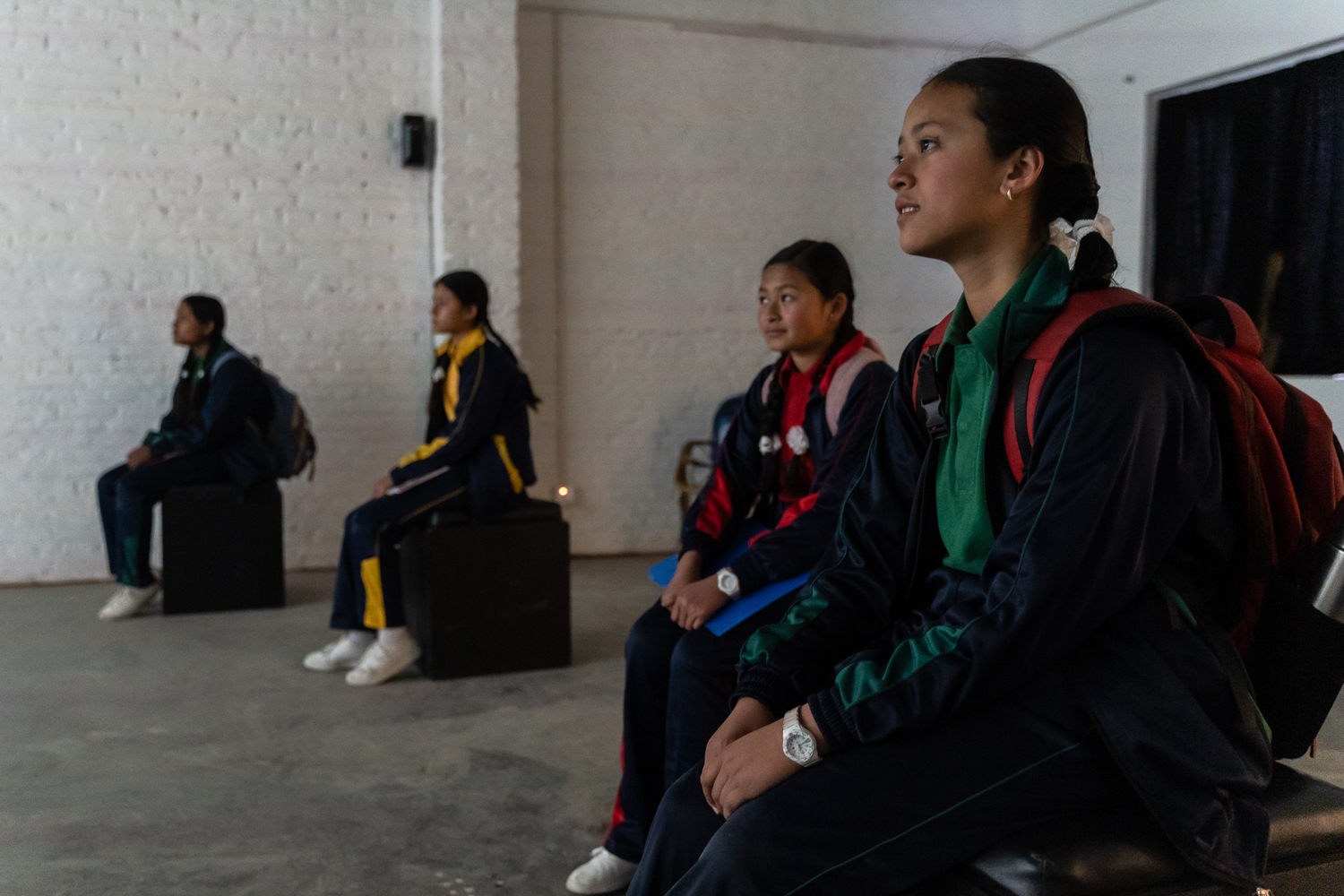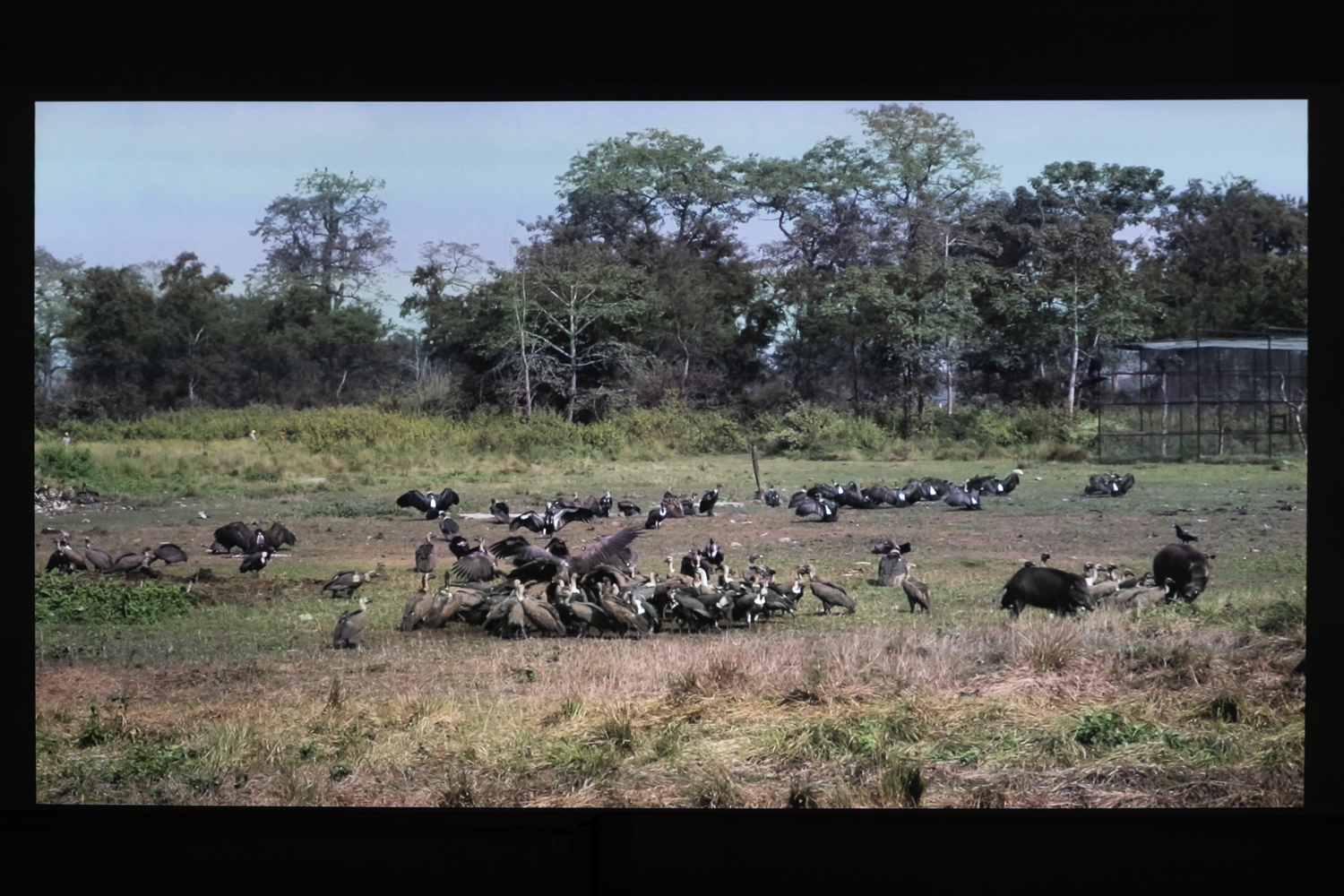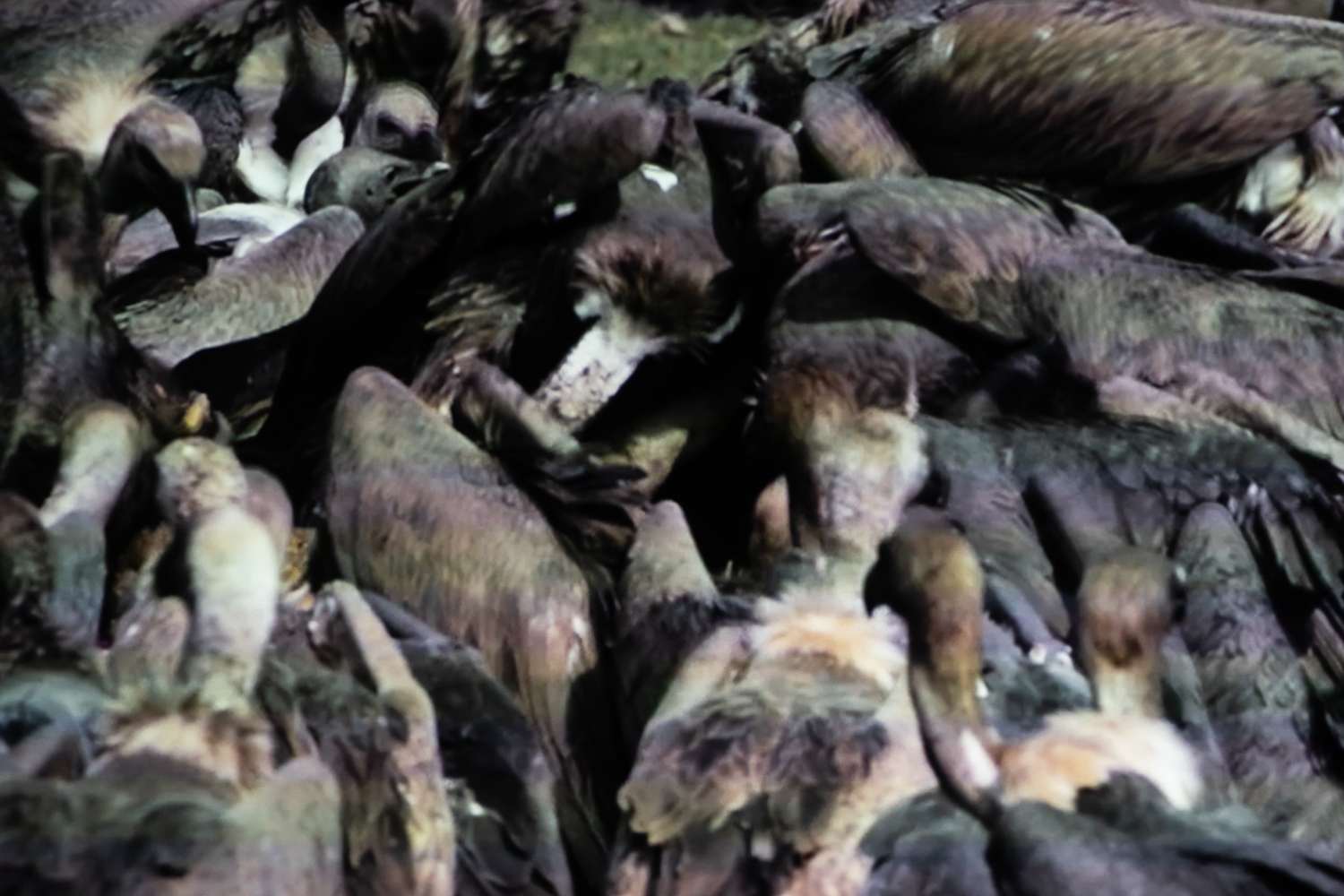Jatayu
Prasiit Sthapit, Shristi Shrestha
As you walk in through the gates of Namuna Community Forest in Sandh, Nawalparasi, you are greeted by towers of simal trees. Walk past the first one, look up and you’ll see a vulture guarding its nest. Walk a little further and you’ll see at least two dozen more – different sizes, different species. The numbers keep rising as you walk on. You stop counting by the time you reach the hide. As Eam, the head chef, brings the carcass in the field and leaves, the vultures start swarming in. The feeding begins.
The vulture population in Nepal was estimated to be around one million in the 1980s. It declined by up to 96% between 1995 and 2001. Now their numbers have gone down to merely 20,000. The cause – ‘Diclofenac’, a painkiller used in cattles but fatal to scavengers feeding on their carcasses.
In response to this crisis, the Nepal government banned the use of diclofenac on cattle in 2006. The same year, DB Chaudhary established Jatayu Restaurant, a community-managed ‘restaurant’ for vultures, in his home village in Nawalparasi. There, vultures were started to be fed carcasses of livestock that were free of any harmful chemicals.
In the early days, only around 70 vultures were spotted in the feeding site but with constant conservation effort, the numbers have risen substantially. In February, 511 vultures were recorded one day, the highest number till date.
